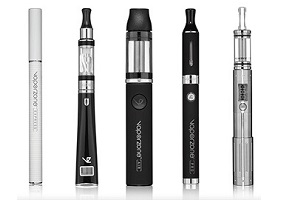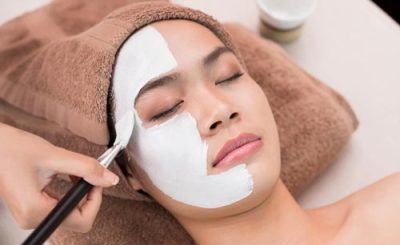Touch is important to all living beings, being one of first and most basic means of communication. Massage is just one way of communicating sensations, hopefully of a pleasant nature.
Just as the body stores up the tensions of the day, both physical and emotional, in the muscles of the neck, back, head and limbs, so tuina massage is a way of removing these muscular tensions, and as a result associated mental tension should also be eased. In addition massage can stimulate the circulation of the blood: the intended purpose of the massage should always be considered – if a massage is given to aid sleep, an invigorating rub down may have the opposite effect!
Aromatherapy massage adds an extra sense – that of smell – to the basic benefit of massage. Fragrances have the power to evoke feelings and memories independently of conscious thought. Combining aromatherapy with massage makes for a powerful experience – essentially the massage giver passes on their energy and touch to the receiver.
Contrary to popular belief, massage is not complicated or difficult and can, by following a few simple rules, form an important part of the healing process.
Always massage with the flow of your body, which is towards your heart. When massaging the abdomen the flow is in a clockwise direction, using circular movements that follow the flow.
Be aware of the needs of the person whom you are massaging, to ensure that it is a both a comforting and soothing experience, especially where the young and the very old are concerned.
The following is a simple guide to the different types of massage and the strokes that can be used to ensure the best results.
What Will I Need?
Aromatherapy massage is one of the simplest ways of using essential oils, but it still helps to prepare your tools and working space in advance.
It is important to have a warm, draught free and quiet environment, where you won’t be disturbed, and where all of your oils and accessories, such as clean towels, are easily to hand.
All essential oils need to be diluted in a carrier, or base oil, before being massaged onto the body or face. As a general rule of thumb the ratio of essential oil to base oil should be:
10 – 15 drops of essential oil in 60ml (12 teaspoons) of base oil.
(Click here to see our full range of carrier oils for use in Aromatherapy massage)
The Basic Massage Strokes
Aromatherapy massage requires long slow strokes maintaining contact on the body at all times, alternating with short fast friction rubs that warm the oils and help spread them evenly over the skin. Delicate areas such as the abdomen, pelvic region and bony areas should be stroked fairly lightly, while greater pressure can be applied to the heavier muscle areas such as the shoulders, buttocks and back. The basic massage strokes listed below comprise the main movements required for Aromatherapy massage.
Effleurage (Stroking Movements)
This is a series of gentle strokes enabling the massage oil to penetrate the body, helping to bring about a state of calm and relaxation. Use the whole hand to do short or long strokes, these can be firm or gentle depending on how you feel. This type of massage helps to increase circulation, relaxation of the muscles and relieve the body of stress and tension.
Petrissage (Kneading Movements)
Petrissage is gentle kneading movements, like kneading dough. The art of petrissage is never to cause pain or discomfort and should be performed slowly and carefully. It is usually used on the back, muscular and fatty areas, and is good for releasing trapped toxins, relaxing muscles and encouraging the lymphatic system to flow. As you perform each kneading movement put a slight pressure on your thumbs.
Friction (Circular Movements)
Especially beneficial for areas that are cold or of poor circulation. Rub the skin in circular movements with the flat of the hand in short, fast movements.
Raking Movements
Hold the fingers stiffly at the joints to resemble the ends of a rake, or as if to play the piano, and with fingertips touching the skin, make firm, raking movements with one or both hands, backwards towards your body.
Pummelling Movements
Make one or both hands into fists and, keeping fingers loose and relaxed while held in a fist, bounce them up and down the body in a fast drumming movement. Pummelling can also be carried out with the hands flat, and fingertips down, or with the sides of the hands, or even with the palms turned upwards.






